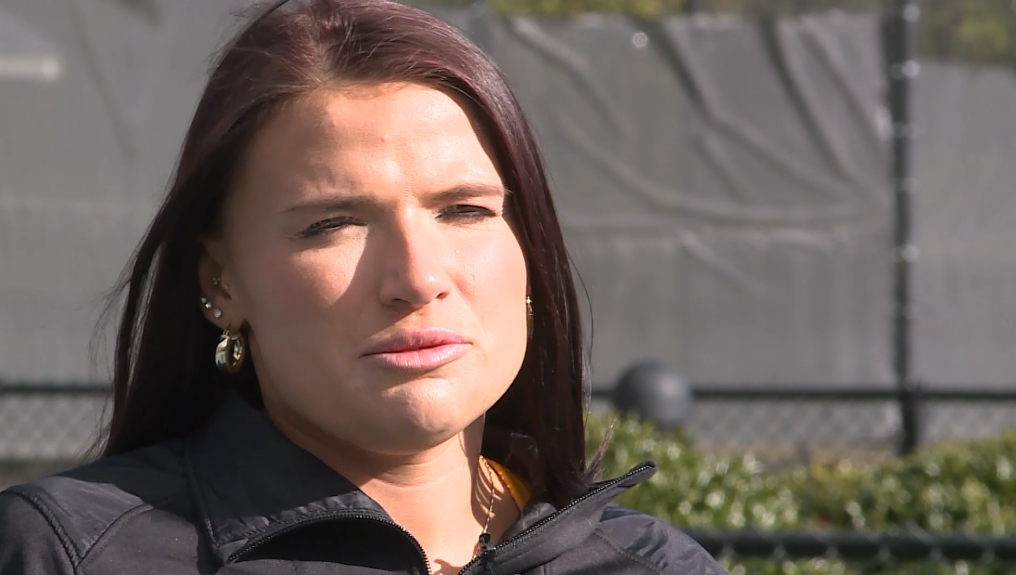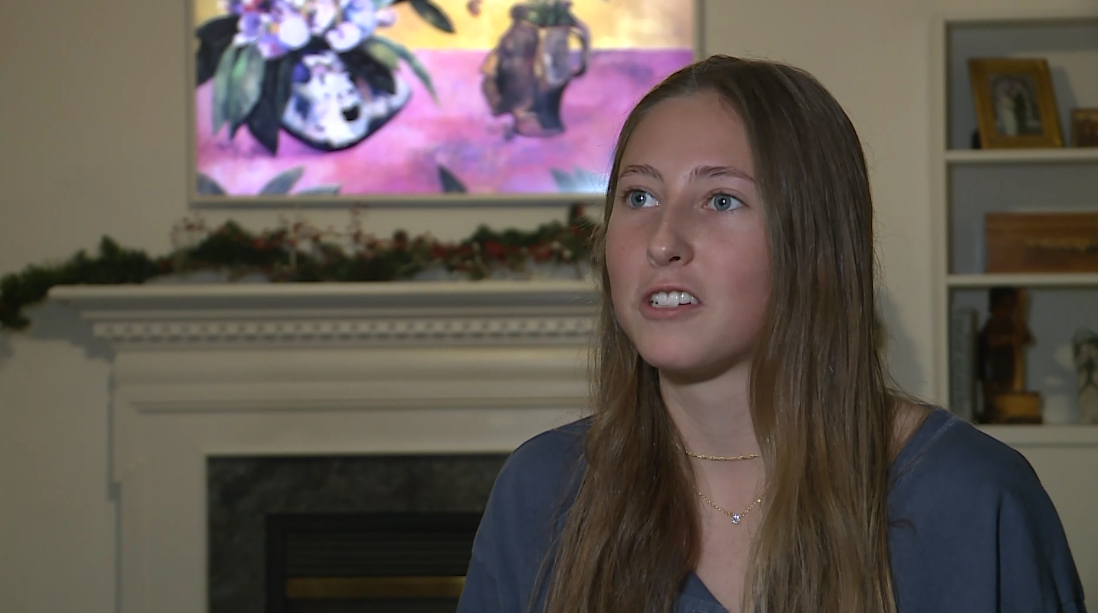RICHMOND, Va. -- Thousands of athletes hit a wall in their training each year, not because of a lack of effort, but due to a common and treatable medical condition — iron deficiency.
As she gets ready for her senior year with the Randolph-Macon tennis team, Adele Huffman is reminded of the worst part of being a college athlete.
"Definitely those first few weeks back whenever workouts start to kick back up and cardio and full body workouts start coming along after a nice long break of just lifting in the gym. It really just kicks your butt," she said.
Last fall, Huffman had bigger worries. She began having dizzy spells just trying to serve the tennis ball. That, plus fatigue, was not something she had ever experienced before.
"After a few weeks of working out twice a day, drinking water, I thought maybe it was something else because I felt pretty good about the workouts I was doing," Huffman said.

Sarah Bland, a cross country runner at Atlee High School in Hanover County, was having a similar issue.
"I just thought I was at a plateau and that's kind of where I was going to be running," Bland, whose times were not improving despite her workouts, said. "I wasn't getting better the two years I was running. I was scared. Is this it for running? Am I just going to stay the same?"
Andy McPherson, an athletic trainer at the University of Richmond, said he has seen many athletes at the same crossroads with the same fears about their future.
"They get tired and they get fatigued," he said. "Their performance starts to go down and they don't really understand why. As athletes they try to be tough."
It turns out being tough has nothing to do with it. The problem both Huffman and Bland faced was simple iron deficiency.
Every freshman University of Richmond athlete undergoes blood work at the beginning of the school year to determine if there's any chance they might be susceptible due to a variety of factors.
"Iron deficiency in particular is very objective when it comes to lab results with the blood work," McPherson said. "Fatigue and being out of shape is more or less cardiovascular where they just haven't played or trained enough."
For both Huffman and Bland, that revelation came as a huge relief.
"It made me feel a lot better that I could do something about it and it wasn't going to have to be a procedure or anything," Huffman said.
"Once I found those out and started supplements and treatment and things like that, I felt amazing," Bland added.

Bland took her findings even further. As a project to earn her Girl Scout Gold Award, Bland developed a website.
On EnergeticHealthyAthlete.com, she chronicles her own discovery of the issue, its causes, and cures.
She also learned she's far from being alone with this condition.
"Up to a third of female athletes experience iron deficiency. I was like that is crazy," she said.
While females are biologically more predisposed to bouts of iron deficiency, as many as 10 percent of male athletes have the condition as well.
Thanks to her work and sharing her research, Bland is now known as the "Iron Girl" and hopes to help as many athletes as possible.
"It felt pretty good, getting the information out to runners and people around the community. I really love running and I love the sport and I hope it grows," she said. "Iron deficiency is something you can attack and solve and it's not something that lasts forever. With the right diet and supplements you can achieve better things."
Watch for Lane Casadonte's features on CBS 6 News and WTVR.com. If you know someone Lane should profile, email him beyondtheroster@wtvr.com.
Find unique, award-winning stories every day on CBS 6 News.






